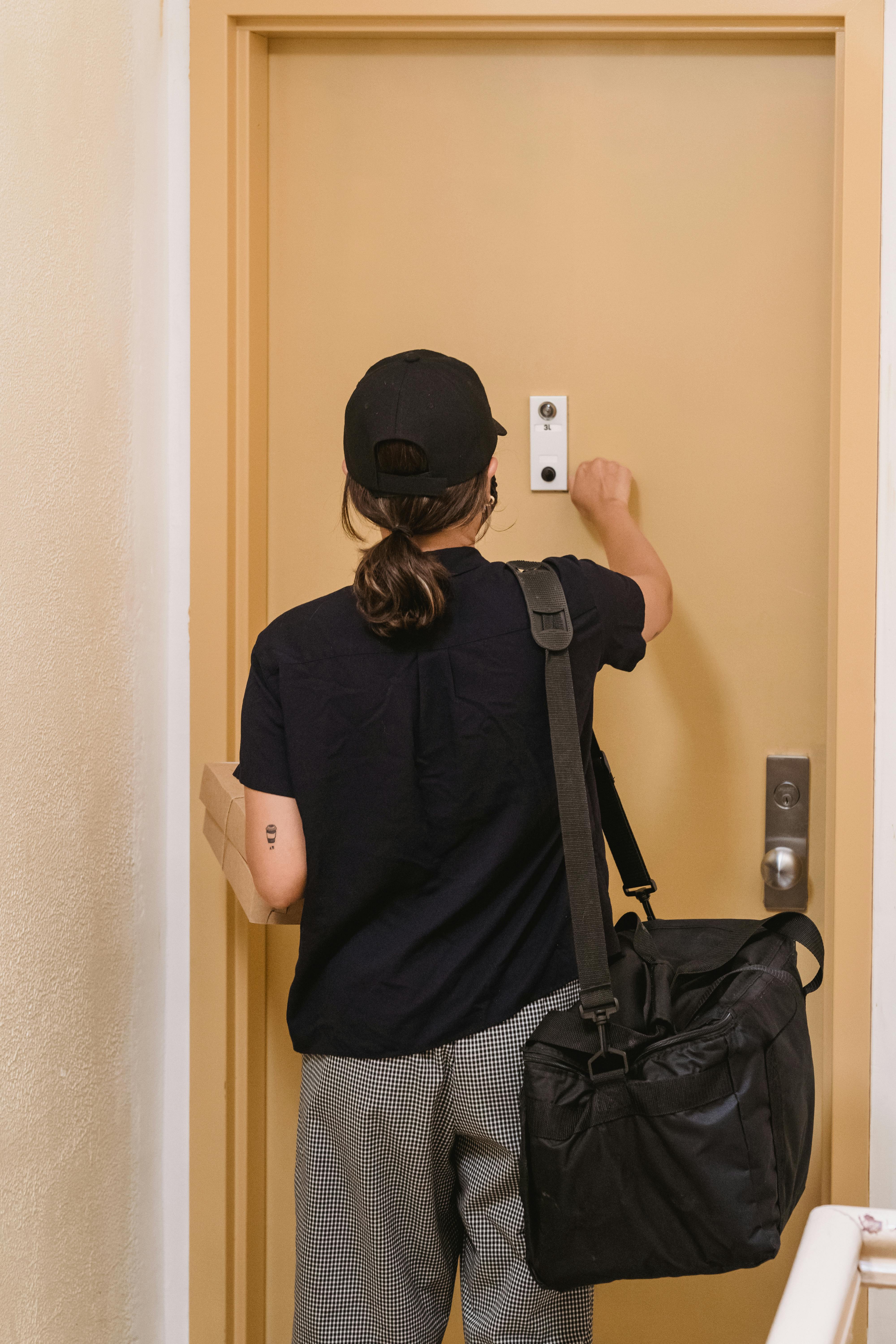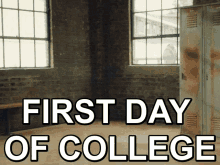What Is a Cold Email?
Are you a high school students something to do in the summer? Are you intersted in research and internships? Do you want to gain more experience in your field, or experiment to find out what you want to do in college? The answer to your wonderings is very simple: just cold email!
A cold email can be seen as a digital way of knocking on a stranger's door for opportunity, conversation, or connection. They can be used for a variety of purposes, such as seeking a job or internship, advice, or sales.

Photo by Mike Jones from Pexels
Let us slide into your dms 🥰
Get notified of top trending articles like this one every week! (we won't spam you)Why Should I Cold Email a Professor?
As a high school student, cold emails can be a tool to network and gain access to experience opportunities in the fields you are interested in. If you are someone who is seeking to do research in under the guidance of a professor, or get a summer internship, cold emails are some of the quickest and easiest ways to reach out to many different opportunities.

Take the Quiz: Which college major suits you?
Find out which college major aligns perfectly with your passions, strengths, and future dreams!
How to Write a Cold Email
Here is a step-by-step guide to cold email a professor like a pro:
1. Do Your Research
Before writing your email, it is important to learn about who you are emailing. In this case, it's crucial to research your professor's work and background. A good way to do this is by checking their university profile on their colelge's website.
You can also dive into their recent research and goals – what does this professor value in their work? What are they passionate about in their field that you might want to partake in?
2. Use a Consise and Cler Subject Line for your Email
The title of your email is very important; it is the first part of your email that the professor will see. Therefore, you want to make it as concise and clear as possible, stating the topic/field you are interested in, and what you are seeking. Below are some sample titles that you can use for a subject line:
- Inquiry about Undergraduate Research in Neuroscience
- Request for Internship Opportunity in Child Psychiatry
- Looking for Mentorship in Art History
3. Introduce Yourself
The beginning of the email itself should be a short introduction of yourself. Include your name, what school you go to, and what field or career you are interested in.
4. State Your Purpose
Next, you want to explain why you are reaching out to the professor. Showing that you have read up on the professor's research and work can show the professor that you are serious about your interests. For example, if you are interested in the field of anthropology, you could say something like:
- “I have been closely following your research on anthropology, and I'm specifically interested on your work on the connection between religion and family in East Asia."
5. Highlight Your Qualifications
Then, you want to show the professor why you are qualified to email them. List any previous experience you've had in the field. If you haven't had any professional experience, talk about projects or personal ways you have educated yourself on the matter. You can also name any courses you have taken in school that have taught you about the subject area.
6. Be Respectful of Their Time
It is vital for you to keep your email short and to the point. Professors are very busy people, and a long and drawn-out email will not result in favor.
7. Express Genuine Interest
Perhaps the most substantial part of your cold email is expressing genuine interest in the field. Remember that cold emails are digital, and the professor cannot visibly converse with you. They cannot see your excitement concerning your field or work, so it is important that you show your passion through your words. Describe your passions and tell the professor how their work is connected to yours.
8. Provide Contact Information and a Thank-You
Finally, you want to leave your contact information at the end of the email, along with a thank-you. Include your email address and phone number, and sign off the email with a prolite ending.
Sample Cold Email Template
Here’s a sample email to help you get started:
Subject: Inquiry about Research Opportunies in Marine Biology
Dear Professor Hawkins,
My name is Samuel Tang, and I am a rising senior at Pineridge High school. I have a strong interest in marine biology, and I have been closely following your work regarding deep-sea exploration. I am particularly interested in your research about the creatures in the Mariana Trench.
I am writing to inquire about potential research opportunies in your lab. I have taken advanced science sources in school, and completed a science fair project on aquaculture. I believe these projects and courses have given me a strong foundation to contribute to your ongoing research. As a scuba diver and fisherman, I am passionate in learning about marine biology and woud be grateful for the chance to discuss available postitions or interships in your lab. Thank you for your time, and or considerning my inquiry. I look forward to the possibly of working with you and contributing to your research on marine biology.
Best regards,
Samuel Tang
(email, phone number)
Additional Tips
- Follow Up: If you do not get a reply back in a few weeks, it is all right to send a follow-up email to the professor. They are extremely busy, and might've missed your email.
- Be Patient and Persistent: Professors have a lot on their plates, and also might not be looking for high school interns at the moment. If a professor rejects your offer, don't be discouraged! It just wasn't the right opportunity. Open up your laptop again, and starting searching for more opportunites and professors!
- Be Formal and Respectful: As you can probably tell from the email samples above, cold emails are very formal. Though you do not have to use sophisticated language, it is important to keep a certain level of politeness to show the professor that you are serious and mature.
- Start Early: There is never a time too early to start seeking intership and research opportunities. If you're seeking experience or an addition to your college application, the earlier you can get an internship, the better! This way, you can connect faster and build upon your work, and also possibly gain reccommenders for your college reccommendation letters.
Best Times to Email Professors

Professors are busy people, and it might be hard to reach them. Here are the best times to cold email a professor to maximize your chances of getting a quick reply:
- Early Morning (7-9 AM)
- Many people (professors included) start their days off by checking their inboxes. Sending an early email will help a professor see it before their day gets busy.
- Late Morning (10 AM - 12 PM)
- By this time, professors will be at work and settled into their routines. They might have time to check their emails.
- Early Afternoon (1-3 PM)
- After lunchtime, professors may have downtimes before they have to teach. This can be another good time slot to try to cold email.
Times to Avoid
Late Afternoon and Evenings (4-8 PM)
- This is the time of day professors are wrapping up everything and heading home. In their free time, they might check their emails.
Late Night:
- Emailing at night is a big “no.” It can be seen as unprofessional, and your email can be caught in a slurry of overnight emails, making it harder to be noticed.
Considerations
- Weekdays: Mondays and Fridays might be busier for professors, but the mid-week may be a better time for them to respond.
- Avoid Weekends and Holidays: Weekends and holidays are used to rest and relax. Professors may not be checking their emails at that time.
Conclusion
Cold emails can be a great opportunity for high school students to get their foot in the door of a career or field. I encourage you to start early, be professional, and don't be discouraged if it takes more than one try! Good luck to all the high schoolers out there who are cold emailing! Follow these formats and tips, and your cold emaisl should be a success.












